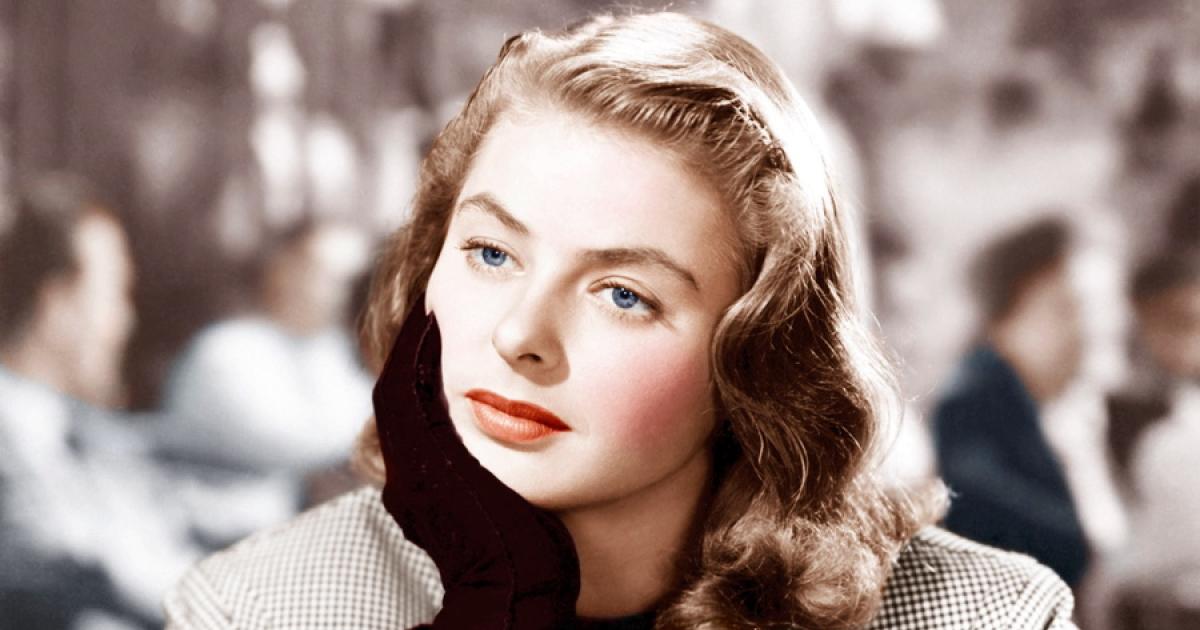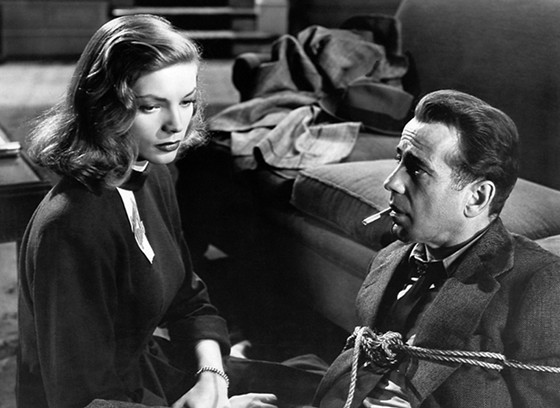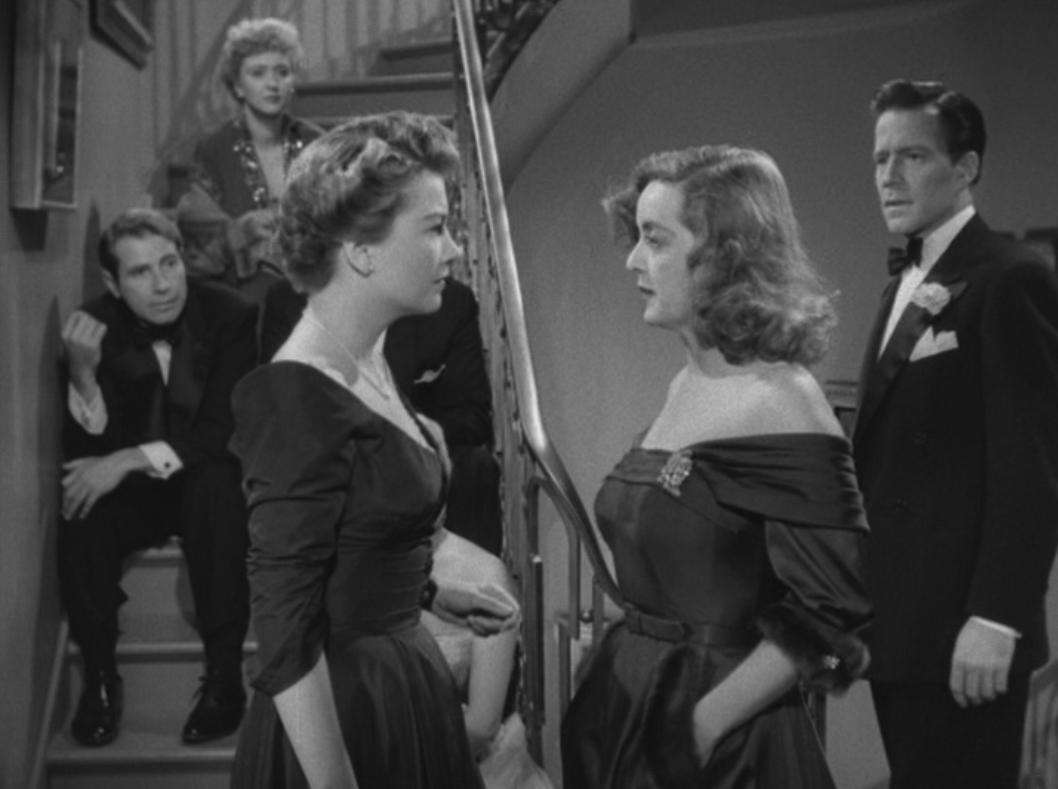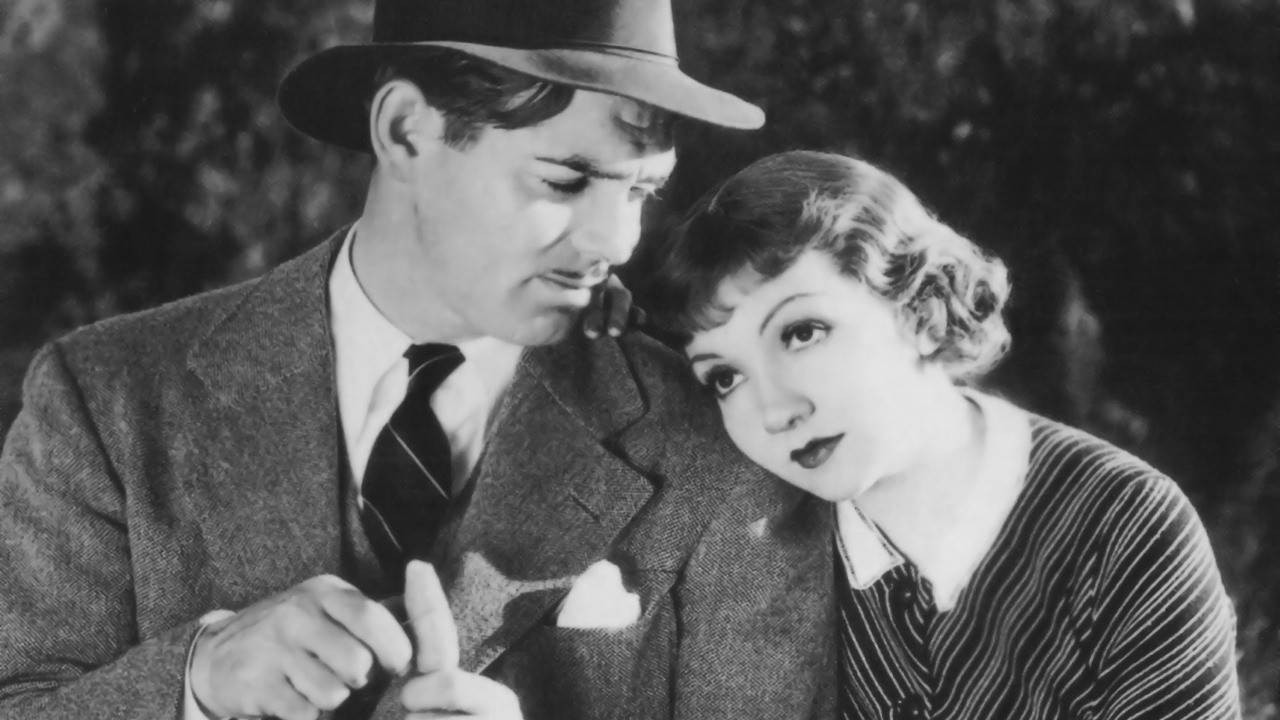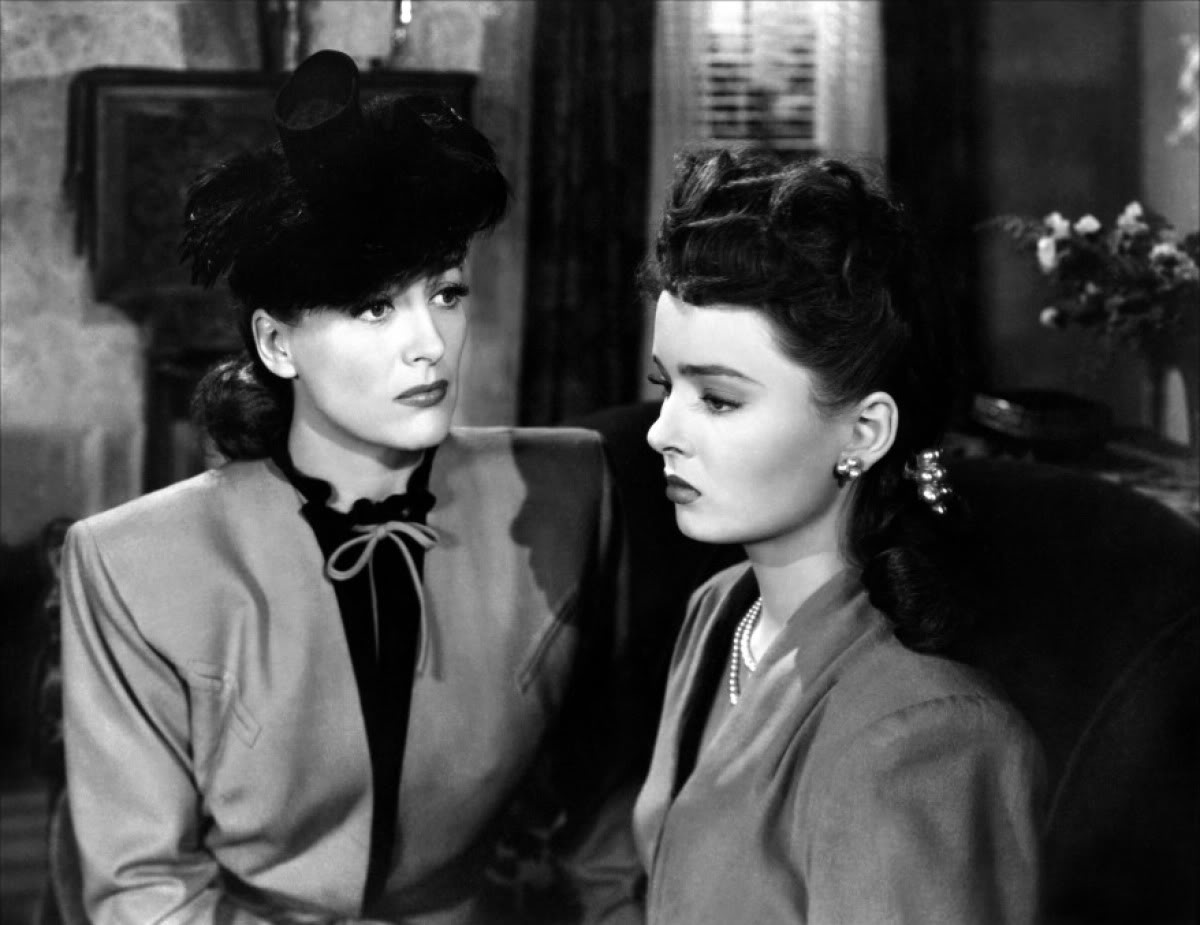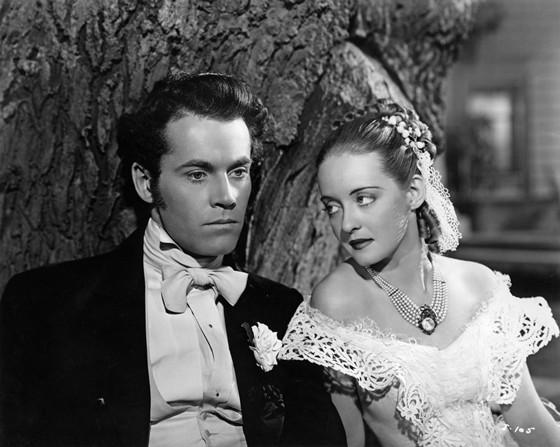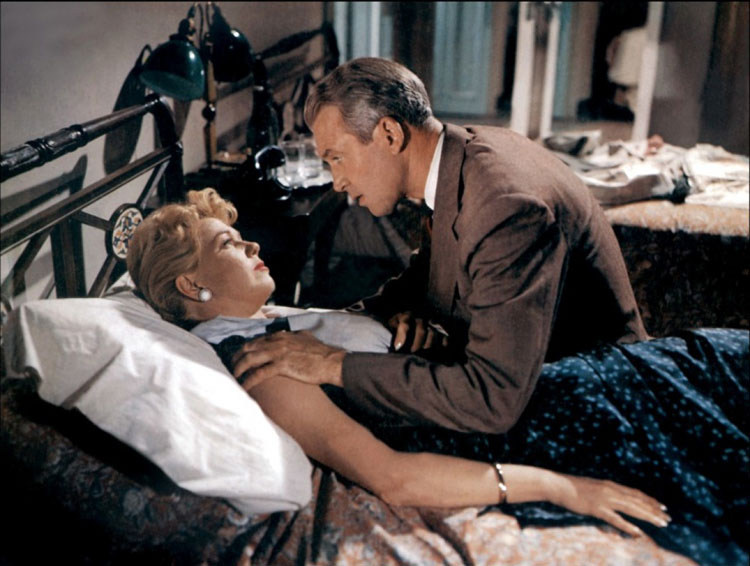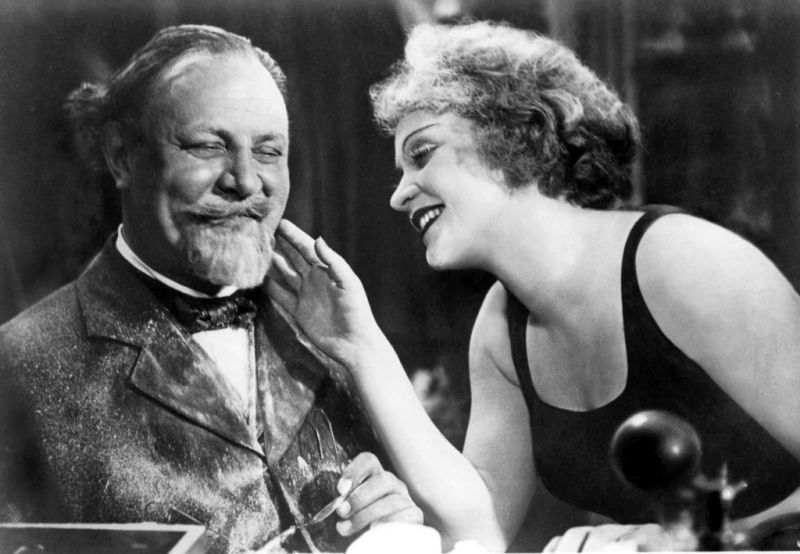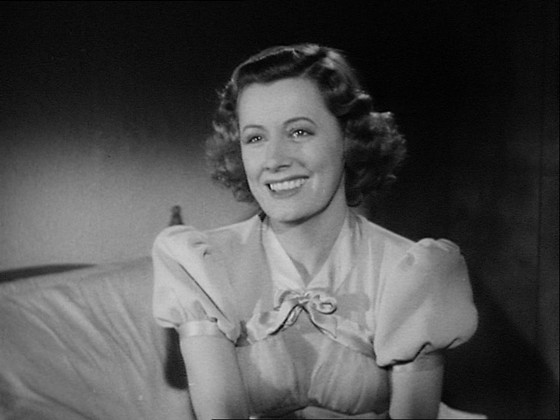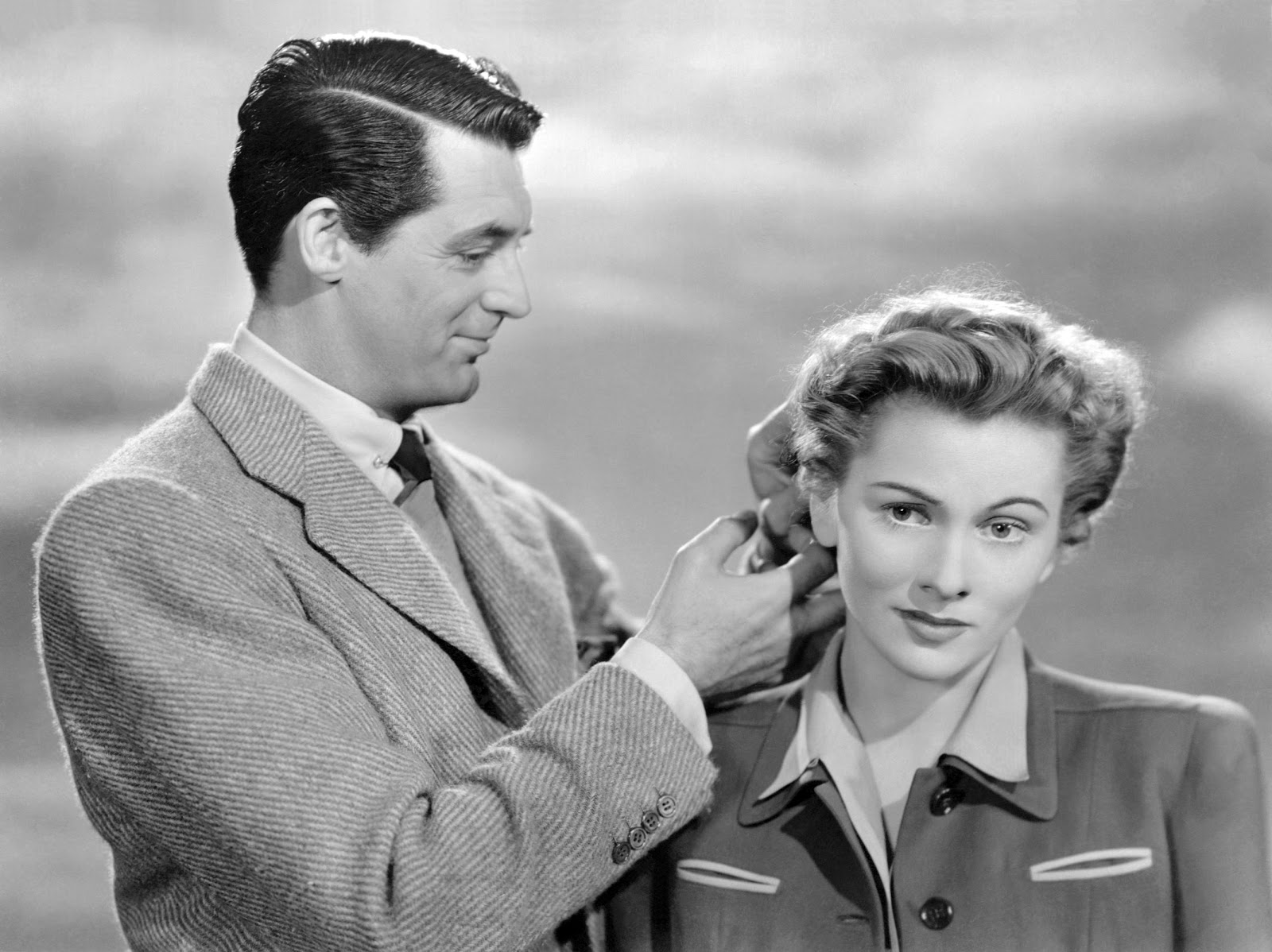Hepburn, Davis, Garland and Temple are just a few celebrated names that rose to stardom between the late 1920’s and the early 1960’s. Old Hollywood’s most famous leading-ladies reached iconic status for different reasons – some became famous for their fierce and independent characters, when society was still very much male-dominated; others captivated millions with their optimism as child stars – but in their own way, all of those listed here ruled the screen with impeccable talent an charisma and are still remembered by film audiences and critics from all over the world.
This list aims to point just some of Hollywood’s Golden Age most emblematic women, it is not a ranking and the stars are listed in alphabetical order. Please also note that the studio-system presented us with many more incredibly gifted actresses and the movies they left behind are the real key to discovering their contribution to the Industry.
1. Lauren Bacall
Betty Joan Perske was the daughter of New York-based Jewish immigrants. She began her career as a model and caught the attention of the wife of director Howard Hawks. After a screen test, Bacall was cast in Hawk’s To Have and To Have Not (1944). The film changed the then 19-year-old’s life forever, both professionally and personally: aside from becoming an instant star she also met Humphrey Bogart who, at 45, would soon become her husband.
The pair went on to share the screen in three other films: The Big Sleep, Dark Passage and Key Largo. In the 1950’s, Bacall’s career reached even greater heights: She appeared in Douglas Sirk’s Written on the Wind, co-starred with former classmate Kirk Douglas, in Young Man with a Horn, and tried her hand at comedies like How to Marry a Millionaire and Designing Woman. The latter was released just before Bogart passed away from cancer in 1957.
After that, Bacall opted to divide her time between Film and stage. Among her later noted parts are 1974’s Murder on the Orient Express and Dogville (2003). The actress was one of the last surviving Classic Film stars when she died at 89 in 2014.
2. Anne Baxter
Anne Baxter was the granddaughter of famed architect Frank Lloyd Wright, but as a very young girl, she decided on a different career for herself: At 13, she was already appearing on the Broadway stage. In 1939, when Baxter was only 16, she became a Twentieth Century-Fox contract player. Following her first significant role in 1941’s Swamp Water, Anne got to work with Orson Welles’ in The Magnificent Ambersons, and the next year, she landed her first starring role in the war romance The North Star.
For her portrayal of Sophie, in 1946’s The Razor’s Edge, Baxter won a Supporting player Oscar. She would be nominated again, but this time as Best Actress for her most iconic part, that of Eve Harrington in Joseph L. Mankiewicz’s All About Eve. Other emblematic parts include Cecil B. DeMille’s epic The Ten Commandments, in which she played Nefretiri and Alfred Hitchcock’s thriller I Confess. In 1985, a brain aneurysm caused Baxter’s death while hailing a taxi in New York. She died at 62.
3. Ingrid Bergman
Swedish- born Bergman was one of Hollywood’s most celebrated actresses. During her legendary career she won two Best Actress Oscars – for Anastasia and Gaslight – and one as a Supporting player in 1974’s Murder on the Orient Express.
Bergman’s big break in the Swedish Movie Industry was in 1936’s Intermezzo. She caught the attention of David O. Selznick, who signed her to a Hollywood contract. After starring in the American version of the same film, she made the iconic Casablanca in 1942, and three years later appeared in Hitchcock’s psychological mystery Spellbound. She would work with the genius director in two other occasions: in the spy thriller Notorious and in 1949’s Under Capricorn. She also notably played Joan of Arc (1948), before embarking to Italy to appear in Roberto Rossellini’s Stromboli.
The duo fell in love and Ingrid left her husband and daughter to marry the director with whom she would have 3 other children, including actress Isabella Rossellini. Her final great role was in Ingmar Bergman’s Autumn Sonata. Ingrid died on her 67th birthday in 1982, from cancer.
4. Claudette Colbert
Born Émilie Claudette Chauchoin in Saint Mandé, the French actress would move to the USA with her family in 1906, when she was just 3 years old. She started her career on Broadway, but quickly moved to pictures with the arrival of Sound. Colbert initially worked at Paramount, having appeared in Cecil B. DeMille’s luxurious productions, such as 1934’s Cleopatra and in the Ernst Lubitsch musical The Smiling Lieutenant.
She was then loaned out to Columbia to star in Frank Capra’s It Happened One Night, a comedy that would surprise the whole Industry by becoming the first film to sweep the five main Oscar categories, including a Best Actress win for Colbert.
The leading-lady would then switch to freelancing, which gave her the power to pick better roles, such as Bea Pullman in the original Imitation of Life. Colbert’s dramatic range got her to star in John Ford’s Drums Along the Mohawk, in Preston Sturge’s The Palm Beach Story and in two masterful war dramas: So Proudly we Hail! and Since You Went Away. By the 1950’s, she had already retired from Film to act on TV and on the stage. Colbert died at 92, from natural causes.
5. Joan Crawford
Joan Crawford is undoubtedly one of the names most profoundly linked with Hollywood’s Golden Age. Born Lucille Fay LeSueur in San Antonio, Texas, Crawford was a chorus girl when MGM signed her to a contract in 1925. She often played independent young women, who rose in life through their own hard-work, a typecast that greatly appealed to the Depression-stricken audience. Her fans packed theaters, especially when Joan co-starred with Clark Gable, such as in Possessed and Dancing Lady.
The 1940’s brought Crawford a decline in popularity, but they also enabled her to prove herself a gifted performer with films like Mildred Pierce – for which she won a Best Actress Oscar. In the 1950’s, Joan continued to get steady roles like in Johnny Guitar and Sudden Fear. In 1962, she shared the screen with Bette Davis in the psychological thriller What Ever Happened to Baby Jane?
As for her personal life, Crawford adopted five children, one of them, Christina, infamously depicted the actress’ alleged abusive behavior in her memoirs Mommie Dearest. The book has been questioned by many of the people close to the family and although Joan’s reputation has suffered, she remains an undisputed Film icon.
6. Bette Davis
The second greatest female star of Hollywood History, according to the American Film Institute, Davis arrived in LA in the early 1930’s and was at first given little credit. Nonetheless, Warner Brothers decided to bet on the young actress’ talent and signed her to a long-term contract. Davis showcased her skills playing strong and frequently unbalanced characters.
Critical and public acclaim were almost immediate, and in 1935 she won her first Oscar for Dangerous. Two iconic roles followed, first in William Wyler’s Jezebel, for which she again won an Oscar, and then as the terminally ill socialite from Dark Victory.
The 1940’s were the most fruitful period of her career; Davis had many wonderful roles such as in The Letter and the archetypal Now, Voyager. Her range was astonishing and kept her in great demand in the 1950’s, with films like the masterpiece All About Eve. Off-screen, Davis’ reputation was that of a strong-minded woman who could stand up to co-stars, reporters and even studio bosses. She died of breast cancer in 1989, after having played in over 100 productions.
7. Doris Day
As a child, Doris Day dreamed of becoming a dancer, but her future plans were cut short when a car accident gravely injured her legs. While recovering, Doris listened to the radio and started singing along. Soon she was taking music lessons and by the 1940’s she had become an established vocalist with such iconic hits as the WWII-era anthem Sentimental Journey.
It was her powerful vocals that landed Doris her first movie appearance, in 1948’s Romance on the High Seas. It was a great success that paved the way for many starring roles. In 1953, Day played the title character in one of her best remembered films, Calamity Jane, subsequently transitioning to dramatic parts such as in Love Me or Leave Me and Hitchcock’s The Man Who Knew Too Much.
Day found even more success beside Rock Hudson in their three romantic comedies, including 1959’s Pillow Talk. She is, to this date, the number one female box-office star of all-time. Having long retired from the screen, Day lives in Carmel and devotes her time to her animal welfare organization.
8. Marlene Dietrich
The owner of the most famous pair of legs in Hollywood, Marie Magdelene Dietrich was born to a German family in 1901. Dietrich was a music lover from a very early age and by the 1920’s she was already performing in Berlin cabarets, when director Josef von Sternberg first noticed her. They would develop an on and off-screen relationship that would result in seven films and a successful Hollywood career for both.
Whether in The Blue Angel, Morocco, Blonde Venus or in any of his collaborations with Marlene, von Sternberg’s main concern seemed to be finding the perfect lighting for his star. Thanks largely to his perfectionism, Dietrich became a living-myth and her exotic image never died down, not even when the actress played in westerns, such as Destry Rides Again or comedies like Billy Wilder’s A Foreign Affair.
After WWII, Marlene opted to work mostly as a singer and performer. Her last significant roles were in Witness for the Prosecution and Judgment at Nuremberg. The German actress died in her Paris home at 90, after being reclusive for over a decade.
9. Irene Dunne
‘Dunnie’, as friends and family called her, started her career as a singer. She had a beautifully trained soprano voice that was her ticket to Broadway. While touring with the musical Show Boat, RKO agents discovered the actress who was already in her 30’s.
Although Dunne’s versatile talent was acknowledged five times with Oscar nominations – For Cimarron, Theodora Goes Wild, The Awful Truth, Love Affair and I Remember Mama. – She never won an Academy Award and has often been pointed as one of the best actresses never to achieve said honor.
Frequent leading-man Cary Grant attempted to explain the snub with the following: “She was so good that she made comedy look easy”. However, Irene herself didn’t seem mind the lack of recognition, as one can gather from her most famous quote: “Acting is not everything. Living is.”
10. Joan Fontaine
In her autobiography, Fontaine claims that since they were children, equally famous sister, Olivia de Havilland, and herself always knew they were going to be actresses.
Although Olivia got there first, Joan was soon to follow. The sibling rivalry is one of the most infamous in Film History and the 1942 Academy Awards ceremony saw its apex, when both women were nominated and little sister Joan took the Best Actress Oscar home for her work in Alfred Hitchcock’s Suspicion.
Although they never got along, both Japanese-born actresses were incredibly successful in the business. Joan appeared in remarkable productions such as Rebecca, Letter From an Unknown Woman, The Women and Jane Eyre. Her last film was 1966’s The Witches, after that she appeared on Broadway and then retired to her Carmel villa. Fontaine lived to be 96, having passed away in 2013.
